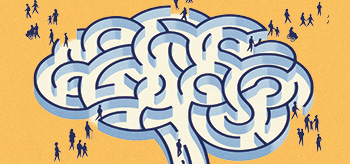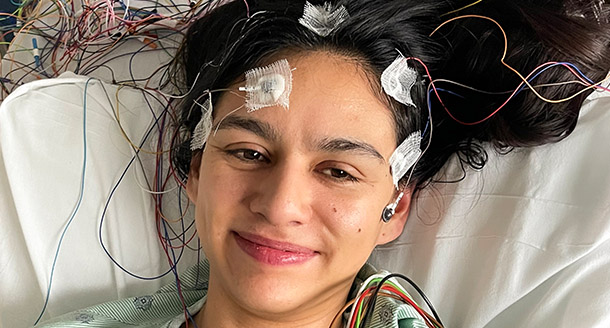Overview
Pilocytic astrocytoma is a slow-growing, well-defined, low-grade tumor that originates from astrocytes. Astrocytes are a type of star-shaped glial cell in the brain and spinal cord. Glial cells serve to provide the “glue” to maintain the structure of the brain and spinal cord as well as maintain the environment around the neurons to enable optimal brain function. As such, astrocytomas are also part of a group of tumors called gliomas, and given their low grade, they are considered low-grade gliomas (LGG). Pilocytic astrocytomas are most commonly located in the cerebellum, especially in children. They can also occur along the optic nerve, the midline of the brain, and the spinal cord. While pilocytic astrocytoma rarely occurs in the cerebral hemispheres of the brain in children, they can occur there in adults. Signs and symptoms such as large head size in infants due to hydrocephalus (the obstruction of flow of cerebrospinal fluid) and headaches from the increased pressure caused by the hydrocephalus. Other signs and symptoms are related to the location of the tumor. For example, tumors along the optic nerve often impact vision, and tumors in the brainstem often cause dysfunction of the brainstem. Tumors of the brainstem can cause paralysis of the cranial nerves, impact to muscle movement like spasticity or weakness, and lack of muscle coordination which can lead to clumsy movement and difficulty with balance and walking.
2021 WHO CNS Grade
A tumor grade describes how normal or abnormal tumor cells appear under a microscope. In lower grade tumors like grade 1, the cells look close to normal. In higher grade tumors like grade 4, the cells look more abnormal. Pilocytic astrocytoma is considered grade 1.
Statistics
- Percent of All Brain and Other CNS Tumors: 1.2%
- Average Annual Age-Adjusted Incidence Rate: 0.37 per 100,000
- Median Age at Diagnosis: 11 years
Survival
Survival rates compare the percentage of people living with a particular diagnosis at a particular point in time compared to the general population.
- One-Year Relative Survival Rate: 98.1%
- Five-Year Relative Survival Rate: 94.8%
- Ten-Year Relative Survival Rate: 93.1%
Treatment Options
Every person living with a brain or CNS tumor is unique. If you have been diagnosed with a brain or CNS tumor and would like to better understand your treatment options, it is important to work with your health care team to decide the best course of treatment for you. You may also consider getting a second opinion or reaching out to our Personalized Support and Navigation team to learn more.



